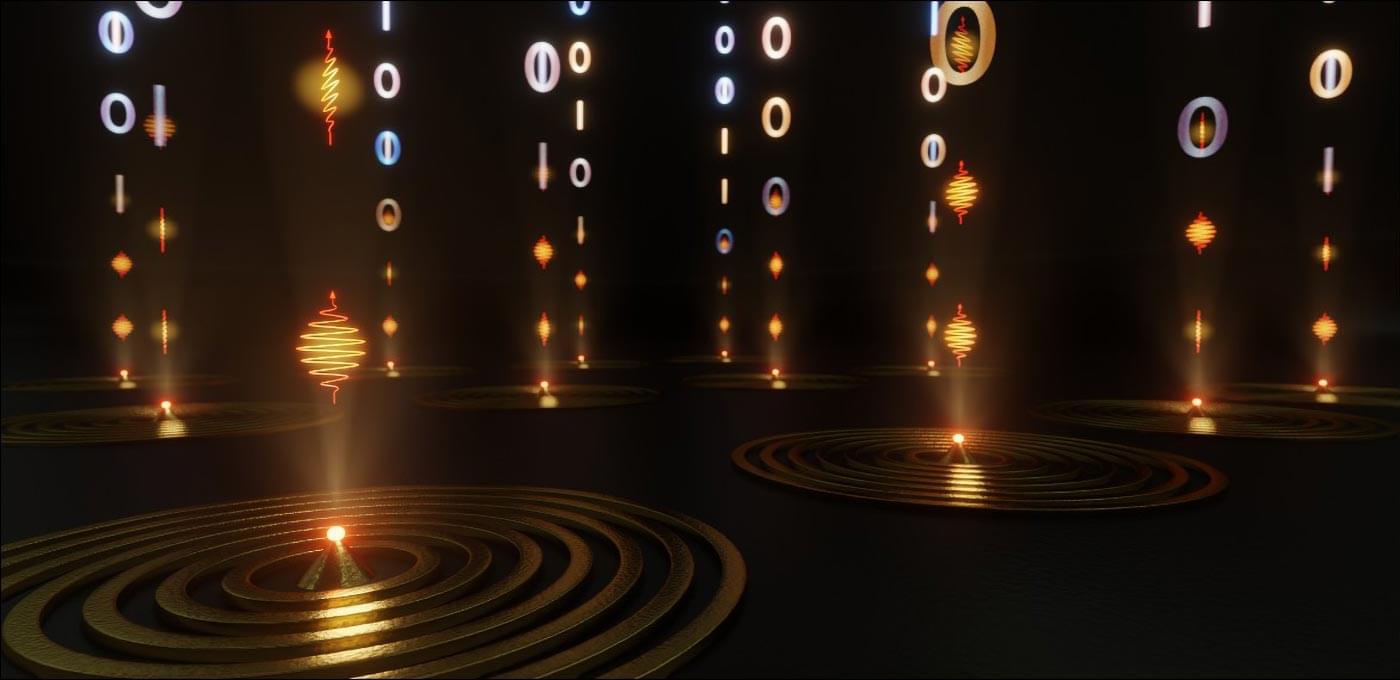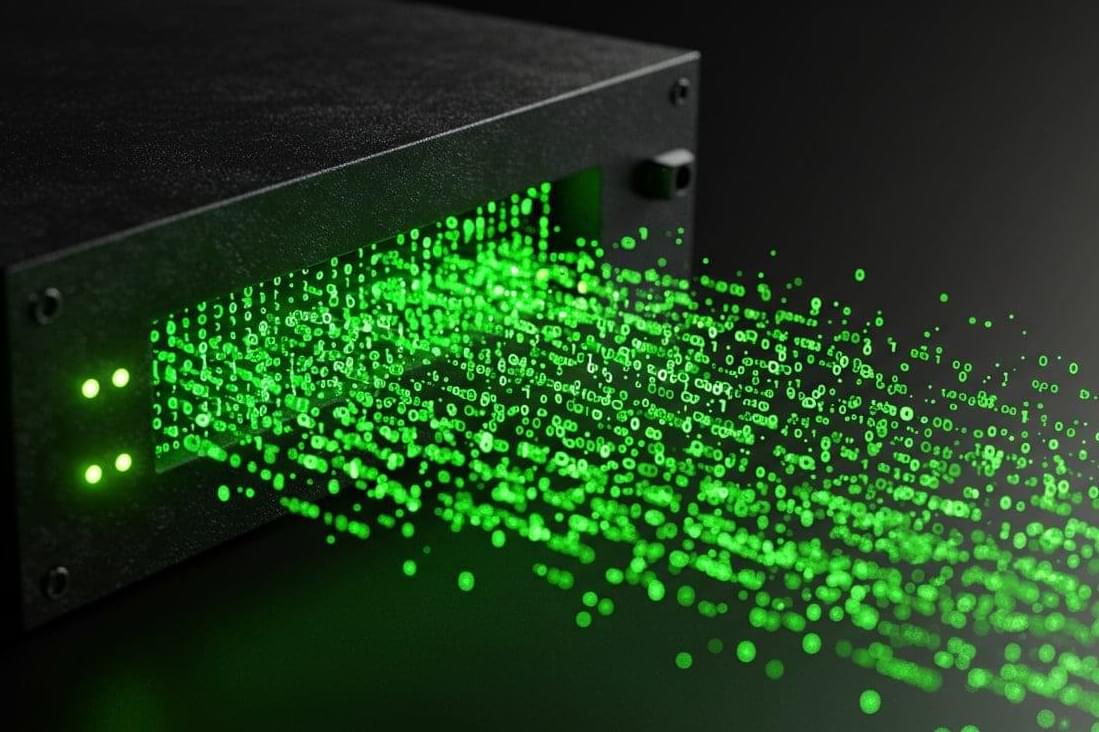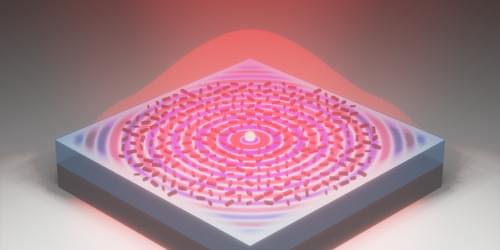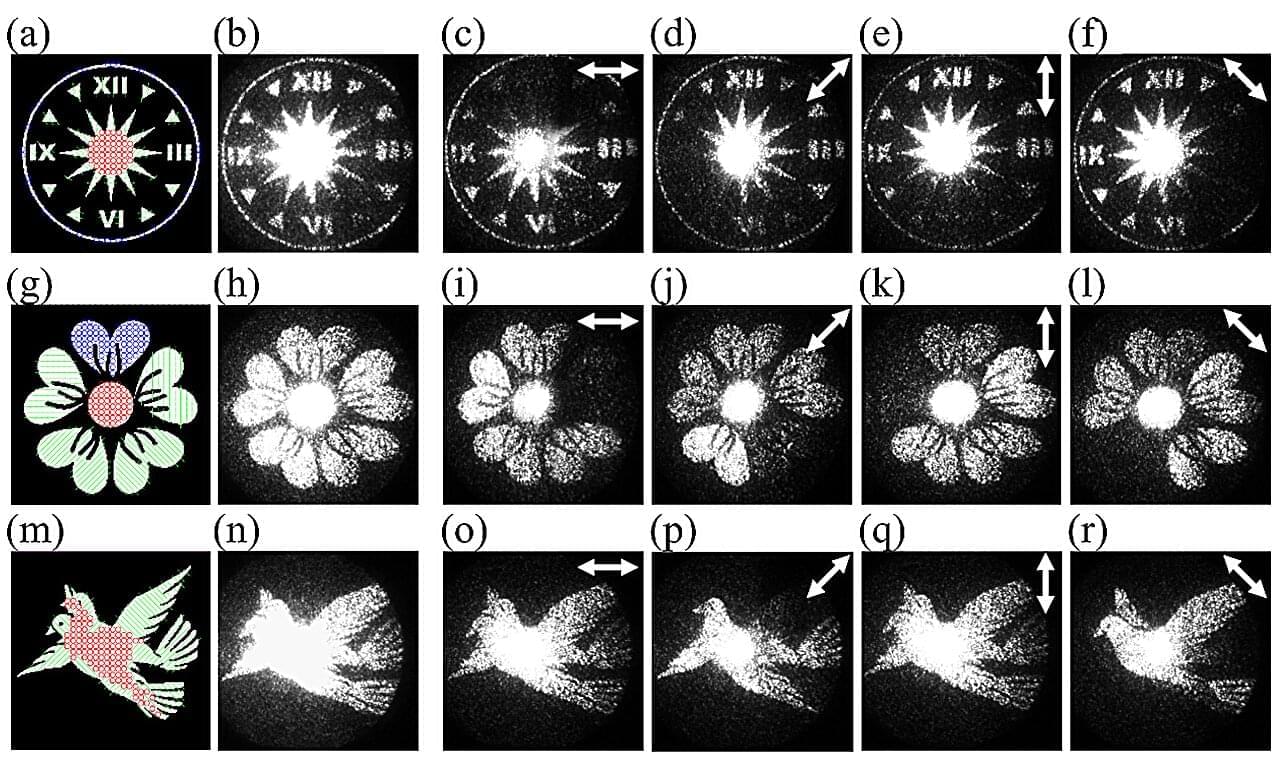By using quantum dots and smart encryption protocols, researchers overcame a 40-year barrier in quantum communication, showing that secure networks don’t need perfect hardware to outperform today’s best systems.




The financially motivated threat actor known as Storm-0501 has been observed refining its tactics to conduct data exfiltration and extortion attacks targeting cloud environments.
“Unlike traditional on-premises ransomware, where the threat actor typically deploys malware to encrypt critical files across endpoints within the compromised network and then negotiates for a decryption key, cloud-based ransomware introduces a fundamental shift,” the Microsoft Threat Intelligence team said in a report shared with The Hacker News.
“Leveraging cloud-native capabilities, Storm-0501 rapidly exfiltrates large volumes of data, destroys data and backups within the victim environment, and demands ransom — all without relying on traditional malware deployment.”

Microsoft warns that a threat actor tracked as Storm-0501 has evolved its operations, shifting away from encrypting devices with ransomware to focusing on cloud-based encryption, data theft, and extortion.
The hackers now abuse native cloud features to exfiltrate data, wipe backups, and destroy storage accounts, thereby applying pressure and extorting victims without deploying traditional ransomware encryption tools.
Storm-0501 is a threat actor who has been active since at least 2021, deploying the Sabbath ransomware in attacks against organizations worldwide. Over time, the threat actor joined various ransomware-as-a-service (RaaS) platforms, where they used encryptors from Hive, BlackCat (ALPHV), Hunters International, LockBit, and, more recently, Embargo ransomware.

Threat researchers discovered the first AI-powered ransomware, called PromptLock, that uses Lua scripts to steal and encrypt data on Windows, macOS, and Linux systems.
The malware uses OpenAI’s gpt-oss:20b model through the Ollama API to dynamically generate the malicious Lua scripts from hard-coded prompts.

Researchers have developed QuantumShield-BC, a blockchain framework designed to resist attacks from quantum computers by integrating post-quantum cryptography (PQC) utilising algorithms such as Dilithium and SPHINCS+, quantum key distribution (QKD), and quantum Byzantine fault tolerance (Q-BFT) leveraging quantum random number generation (QRNG) for unbiased leader selection. The framework was tested on a controlled testbed with up to 100 nodes, demonstrating resistance to simulated quantum attacks and achieving fairness through QRNG-based consensus. An ablation study confirmed the contribution of each quantum component to overall security, although the QKD implementation was simulated and scalability to larger networks requires further investigation.


A 10-µm-wide microchip can generate light with any desired direction, polarization, and intensity, which will be handy for future quantum technologies.
Emerging technologies for quantum computing and cryptography require small components capable of emitting photons whose properties are precisely controlled. Researchers have been developing such components, and now a team has demonstrated a technique that provides control of direction, polarization, and intensity simultaneously [1]. Like previous experiments, the technique uses microscopic structures on a semiconductor surface to convert wave-like surface excitations to light waves. But the new demonstration uses shapes for these structures that allow more precise control over the outgoing light. The team expects the new technique to find wide use in efforts to build quantum technologies in miniature solid-state devices.
Solid-state miniaturization is one of the few realistic routes toward making quantum technologies practical, scalable, and easily manufacturable, says Fei Ding of the University of Southern Denmark. But there are not many good compact photon sources. “The technology really requires a compact and flexible solid-state photon source that gives us full control over how light is emitted—its direction, polarization, and spatial profile,” Ding says. “This is crucial for building scalable quantum and nanophotonic technologies, where single photons are used as the fundamental carriers of information.”

Holography—the science of recording and reconstructing light fields—has long been central to imaging, data storage, and encryption. Traditional holographic systems, however, rely on bulky optical setups and interference experiments, making them impractical for compact or integrated devices. Computational methods such as the Gerchberg–Saxton (GS) algorithm have simplified hologram design by eliminating the need for physical interference patterns, but these approaches typically produce scalar holograms with uniform polarization, limiting the amount of information that can be encoded.

The U.K. government has apparently abandoned its plans to force Apple to weaken encryption protections and include a backdoor that would have enabled access to the protected data of U.S. citizens.
U.S. Director of National Intelligence (DNI) Tulsi Gabbard, in a statement posted on X, said the U.S. government had been working with its partners with the U.K. over the past few months to ensure that Americans’ civil liberties are protected.
“As a result, the U.K. has agreed to drop its mandate for Apple to provide a ‘backdoor’ that would have enabled access to the protected encrypted data of American citizens and encroached on our civil liberties,” Gabbard said.